- HOME
- Italy's Regions Ranked
You come to Italy thinking it will be a trip. You leave knowing it was a beginning
Top 20 Italian Regions Ranked:
Which is Truly the Best?
Open our Italian Regions Map in another tab so you know where each region is located.
When ranking Italy’s regions, we know it’s hard to play favorites. Still, while we believe every corner of Italy is worth visiting, a few places simply steal the show.
While every corner of the bel paese has its magic, some regions simply leave a more indelible mark on the soul. So, we embarked on a family mission to create the definitive (and admittedly subjective) ranking. My wife, son, and I scored all 20 regions on a rigorous set of criteria—from dramatic landscapes and culinary depth to the charm of their historic cities and hidden villages. After tallying our scores, we present our verdict: Italy's regions, ranked from the sublime to the merely magnificent.
For the perfect itinerary, visiting many of the loveliest regions, click here.
You can vote for your favorite Italian region at the end of the article
At the bottom of the page is an FAQ section, where we answer questions like, What is the friendliest region in Italy?
1. Veneto
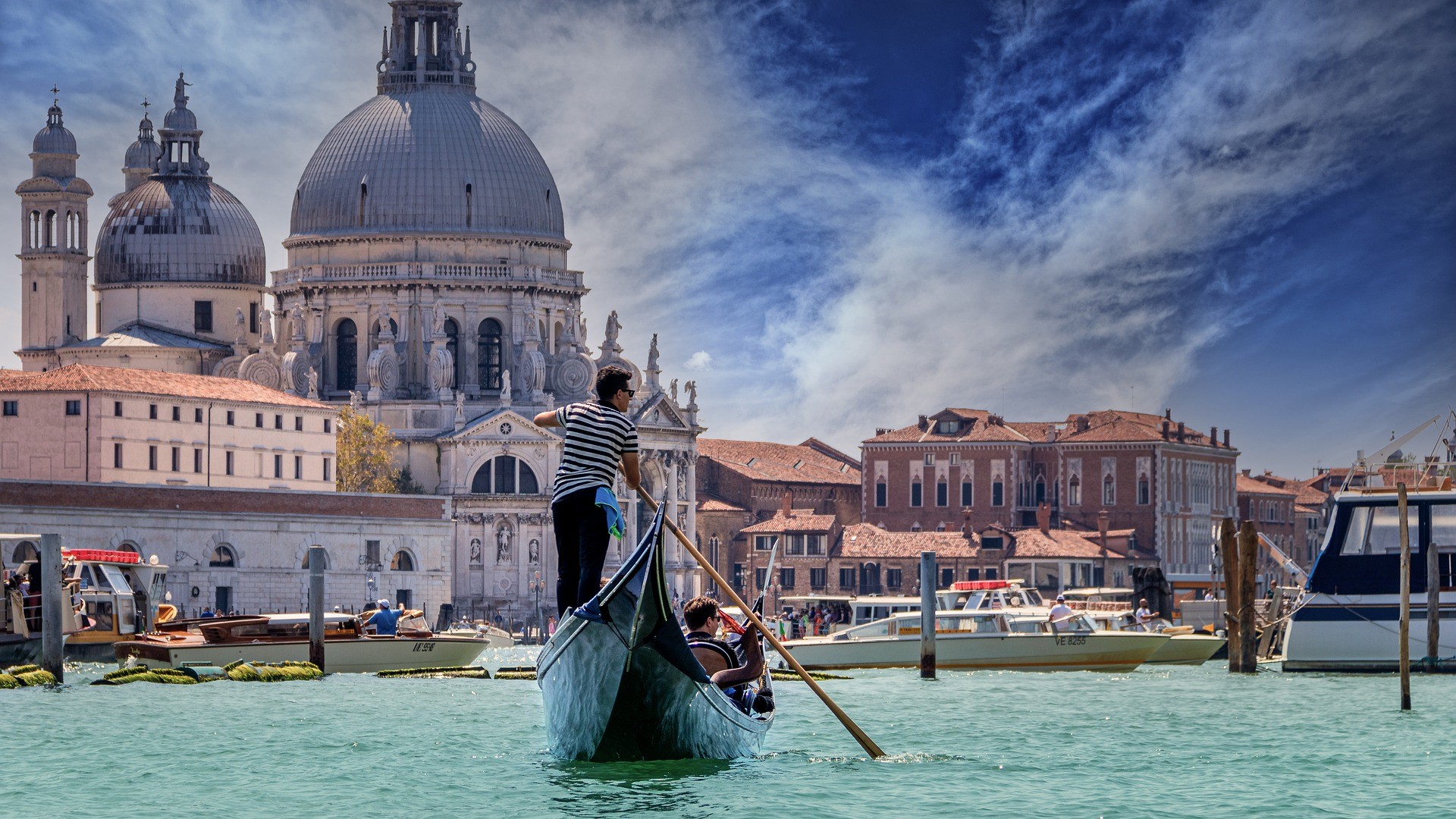
Rating: 9.8/10
Veneto is an Italian masterpiece. Of course, Venice alone would place this region high on any list. The sheer magic of its canals, the ancient beauty of Piazza San Marco, and the lagoon’s unique charm are unparalleled. Okay, Venice can be overwhelming at peak times, with crowds and high prices, but that doesn't detract from its dreamlike beauty and the moment you walk out of the station and see Venice before you is a moment you will always treasure.
Outside of Venice, Veneto offers the wine regions of Valpolicella and Prosecco, the elegance of Verona, the spectacular scenery of Lake Garda, the grandeur of the Dolomites, and some of Italy's loveliest small towns, towns like Soave and Asolo, making this region incredibly diverse and a must-visit on your next vacation. Check out our Veneto itinerary to plan the perfect vacation.
Negatives: Venice can be crowded, and its reputation for being expensive is well-earned. If you're after peace and solitude, avoid the high season.
Our Verdict: Venice alone is reason enough to visit. Yes, it gets busy, but it’s worth braving the crowds, and if you visit Venice in winter, you'll often have it all to yourself. Add in everything else the Veneto offers, soaring mountains, vineyards, lakes, beaches etc. and you've got more than enough for an entire vacation. Have a look at our Veneto itinerary for ideas.
Tips for Venice: Click here for 9 important tips that will make your visit to Venice extra special.
2. Tuscany
Rating: 9.7/10
Few regions are as universally adored as Tuscany. The rolling hills, lined with cypress trees, seem to embody Italy’s romantic spirit. Florence, the birthplace of the Renaissance, offers incredible art and history, while the charming towns of Siena, Lucca, and San Gimignano provide a more laid-back, medieval atmosphere.
A lot of people don't realize that Tuscany also has beautiful beaches and even islands too, like Giglio and Elba, both of which are fabulous. Then there are the hill-towns Tuscany is so famous for, towns like Pitigliano, and there are some fabulous walks as well; click here for one of my favorites.
Let’s not forget the wine—Tuscany is home to the famous Chianti and Brunello di Montalcino.
Negatives: Tuscany’s popularity means that certain areas (we’re looking at you, Florence) can feel more touristy than authentic. High prices and large crowds during peak season can detract from the overall experience.
Our Verdict: Despite the crowds, Tuscany remains a must-see. The beauty, culture, and food make it a destination that can’t be skipped. They don't have mountains and lakes quite like those in the Veneto but they've got everything else that the Veneto offers and the beaches are better.
For all the best of Tuscany, including all the towns on the map below, click here
3. Piedmont
Rating: 9.5/10
Piedmont is the land of fabulous food, soaring mountains, great lakes, world-beating wines, and royal elegance. From the foothills of the Alps to the rolling vineyards of Barolo and Barbaresco, this region exudes refinement. Turin, once the seat of the Italian monarchy, is one of Europe's great cities and boasts grand palaces, art galleries, and a café culture rivaled only by Trieste. Piedmont is also a foodie paradise—think white truffles, decadent chocolates, and some of Italy’s best wines.
Negatives: The region as a whole has a quieter, less touristy vibe, which can be a pro or a con, depending on your travel style.
Our Verdict: If you love fine wines and good food, Piedmont is the place for you. A little off the beaten path, but that’s part of its charm. The lack of a coastline limits the variety of landscapes compared to Tuscany and Veneto, although the lakes are a fabulous alternative, with Lake Orta in particular being one of my favorite Italian lakes.
Plan: Our Piedmont itinerary has everything you need to make your Piedmont visit the trip of a lifetime.
4. Campania
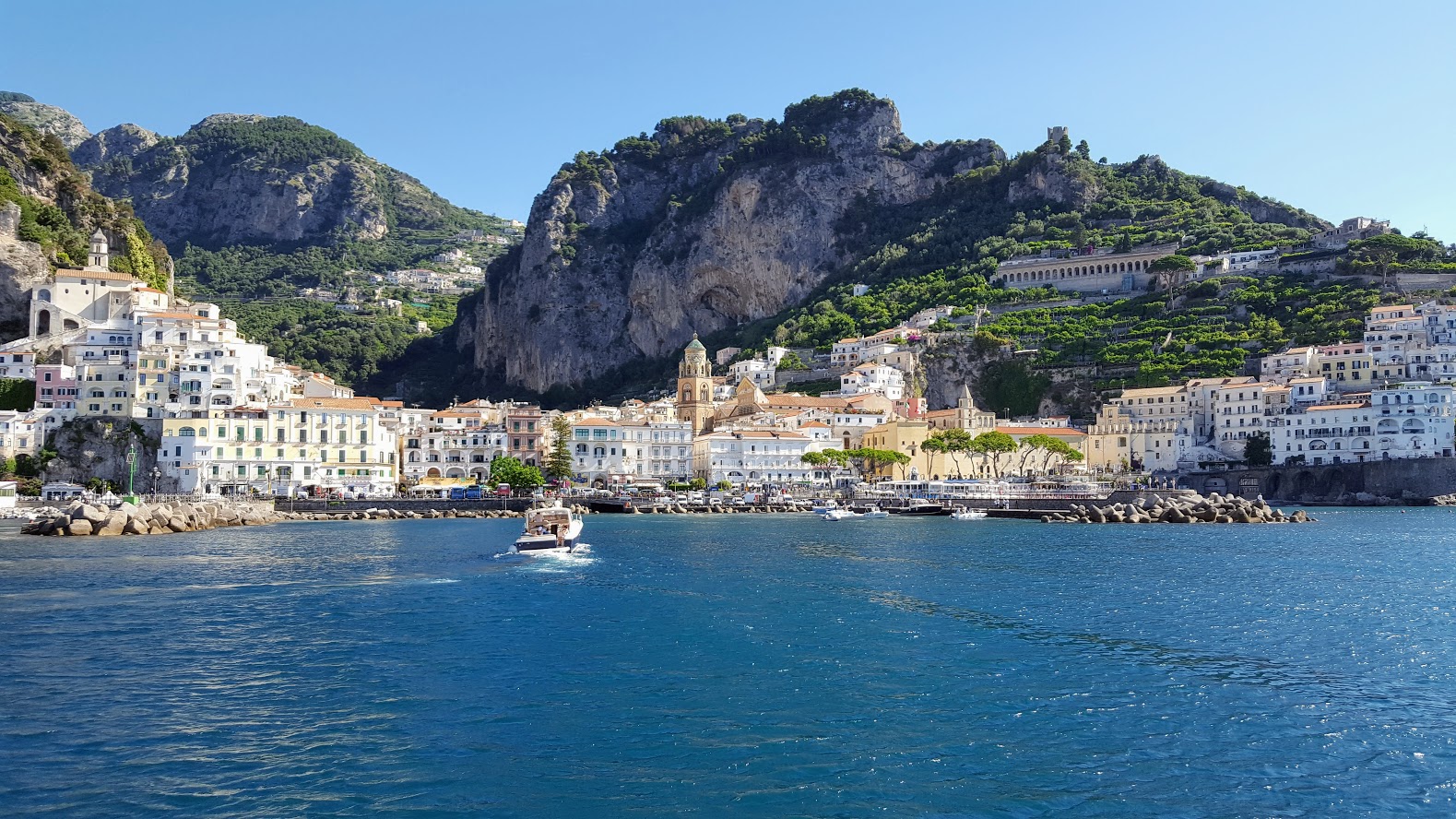 Arriving in Amalfi by boat
Arriving in Amalfi by boatRating: 9.1/10
Campania has it all: the glamorous Amalfi Coast, famous for its dramatic coastline, where cliffs drop into the turquoise Mediterranean; beautiful beaches, the historical treasures of Pompeii, the ancient Greek city of Paestum, the bustling energy of Naples, islands like Capri and Ischia; and the marvelous Cilento. It’s also the birthplace of pizza, and, even today, the pizza is the best on the planet.
Negatives: Naples is an acquired taste—its chaotic, gritty energy can feel overwhelming. The graffiti, too, is revolting. and overwhelming—endless, mindless tags.It is worthwhile to find yourself a local tour guide to really experience the best of Naples.
While the Amalfi Coast is stunning, the roads are narrow and often packed with traffic, making driving a bit stressful, and towns like Positano can feel like a theme park for tourists.
Capri can be a little crowded too. Our best places to visit on Capri Guide is a must-read to get the most out of your visit.
Our Verdict: It’s Italy at its most dramatic. The sights, the food, and the history make Campania unforgettable. For a less touristy experience, our tip is a visit to the Cilento.
5. Umbria
Rating: 9/10
Often called the “green heart of Italy,” Umbria is Tuscany’s quieter and more affordable sibling, but no less charming. Towns like Spello, Assisi, and Orvieto are absolutely perfect, the Italy you've always dreamed of, and the lush countryside offers the perfect backdrop for a peaceful escape. Perugia, too, is one of the greatest of all Italian medieval cities, and underground they've discovered a perfectly preserved Etruscan city that will completely stun you; it is one of the most incredible things I've seen in Italy.
Negatives: Umbria lacks a major international airport, making it slightly harder to reach. While the quiet, rustic beauty is appealing, those looking for glitzy restaurants and vibrant nightlife might find it too tranquil. For others these may be negatives. For me they are actually positive
Our Verdict: Umbria is perfect for those who want to experience Italy’s countryside at a slower pace. Less touristy than Tuscany, but every bit as beautiful. This is the real, genuine, and completely unspoiled Italy of long ago. If Umbria had a coastline, it may well have been right at the top of my list. In my opinion, Umbria is the perfect region to raise a family or retire too. Discover Umbria for yourself with our comprehensive guide to all the top towns, villages, and sights to see.
6. Sicily
Rating: 8.8/10
Sicily is a blend of history, culture, and natural beauty. The Valley of the Temples in Agrigento, Mount Etna, the vibrant city of Palermo, and gorgeous towns like Cefalù, Savoca, and Taormina make this island a dream for history buffs and nature lovers alike. Sicily’s food scene, from arancini to cannoli (click for the recipe), is a highlight of Italian cuisine.
Negatives: Sicily can be chaotic, especially in its larger cities. Infrastructure and transport are less developed compared to mainland Italy, making travel a bit trickier. Some inner-city areas can look a little dirty and rundown.
Our Verdict: Sicily’s history, cuisine, and landscapes are absolutely worth the effort. Here are our recommendations on what to see in Sicily
7. Lazio
Rating: 8.5/10
Home to Rome, Lazio has a unique place in the heart of Italy. The Eternal City is a blend of ancient ruins, Renaissance art, and modern hustle. Beyond Rome, Lazio’s countryside offers lovely towns like Civita di Bagnoregio as well as numerous beach resorts.
Negatives: Rome’s charm comes with a side of chaos. From crowded public transport to long queues at the major tourist spots and pickpockets galore, navigating the city can be exhausting. The graffiti is also something that really irritates me. And while Lazio has much to offer outside of Rome, it often gets overshadowed by the capital.
Our Verdict: Rome dominates, but the surrounding areas shouldn’t be overlooked. Perfect for lovers of history and urban exploration.
Our Tip: When in Rome, we always stay in the Trastevere neighborhood.
8. Friuli-Venezia Giulia
Rating: 8.4/10
Friuli-Venezia Giulia is one of Italy’s most underrated regions. With its blend of mountains, beaches, and vineyards, it offers a unique mix of landscapes. The cities of Trieste and Udine are both rich in history and culture, with a unique Austrian/Italian/Slovenian fusion feel, while small towns like Muggia and Palmanova are rated as some of the loveliest in all of Italy.
Negatives: Friuli-Venezia Giulia is a bit off the tourist radar, meaning fewer crowds but also fewer well-known attractions. It’s a region that rewards slow travel.
Our Verdict: Perfect for those looking to escape the tourist trail and discover a more nuanced side of Italy. Udine is one of the loveliest towns in all of Italy, one of the best choices if you are thinking of moving to Italy.
9. Sardinia
Rating: 8.3/10
Sardinia’s turquoise waters and pristine beaches are what island dreams are made of. The Costa Smeralda is a playground for the rich and famous, but the island also offers rugged landscapes, historic ruins, harming small towns, and out-of-the-way beaches that are, if anything, even more beautiful than those of the Costa Smeralda.
Negatives: Sardinia is more expensive than many other regions, particularly during the summer months. While the beaches are stunning, the pretentiousness of much of the coastal resorts is horrible.
Our Verdict: If you’re after beautiful beaches and island life, Sardinia is unbeatable. Just be prepared to pay a premium for it. Our tip is to explore inland too; the island’s inland areas can feel remote and undeveloped, with none of the snobbery of the coast, and that is what I love about them.
10. Apulia (Puglia)
Rating: 8.1/10
Puglia’s rustic charm is growing in popularity, thanks to its whitewashed towns, olive groves, and stunning coastlines. Alberobello’s trulli houses, the city of Bari, the beaches of the Salento, Polignano, and the historic town of Lecce are standouts. For nature lovers the Tremiti Islands, and the Gargano Peninsula are unmissable. The food here is fresh and delicious, with seafood and vegetables playing a big role. Don't miss the handmade pasta made by the grandmothers of Bari.
Negatives: Public transport can be unreliable, so renting a car is often necessary. Towns like Alberobello are way too crowded in July and August.
Our Verdict: Puglia is a hidden gem, offering a slower, more authentic taste of Italy.
Tip: Try to visit outside of July and August; those months can be really crowded, both on the coast and in towns like Alberobello, and the heat is crushing.
11. Calabria
Rating: 7.9/10
Calabria is a region of dramatic coastline, quiet villages, and deep history. Tropea, the beaches of Capo Vaticano, towns like Scilla and Chianalea and the enormous national parks like Sila are the highlights. It’s off the beaten path, offering a more authentic, raw Italian experience.
Negatives: Calabria is among the poorer regions of Italy, and this can be seen in its infrastructure. Public transport can be unreliable, and some areas feel isolated, run-down, and underdeveloped.
Our Verdict: Calabria is for adventurous travelers looking to explore Italy’s less-trodden paths. The natural beauty of the Sila and Pollino National Parks is stunning, and towns like Tropea are up with the best in Italy. The cities, however, aren't anywhere close to the great cities of many other regions, and they can appear dirty and neglected. I still recommend you visit, and to help you plan, have a look at our guide to Calabria.
12. Le Marche
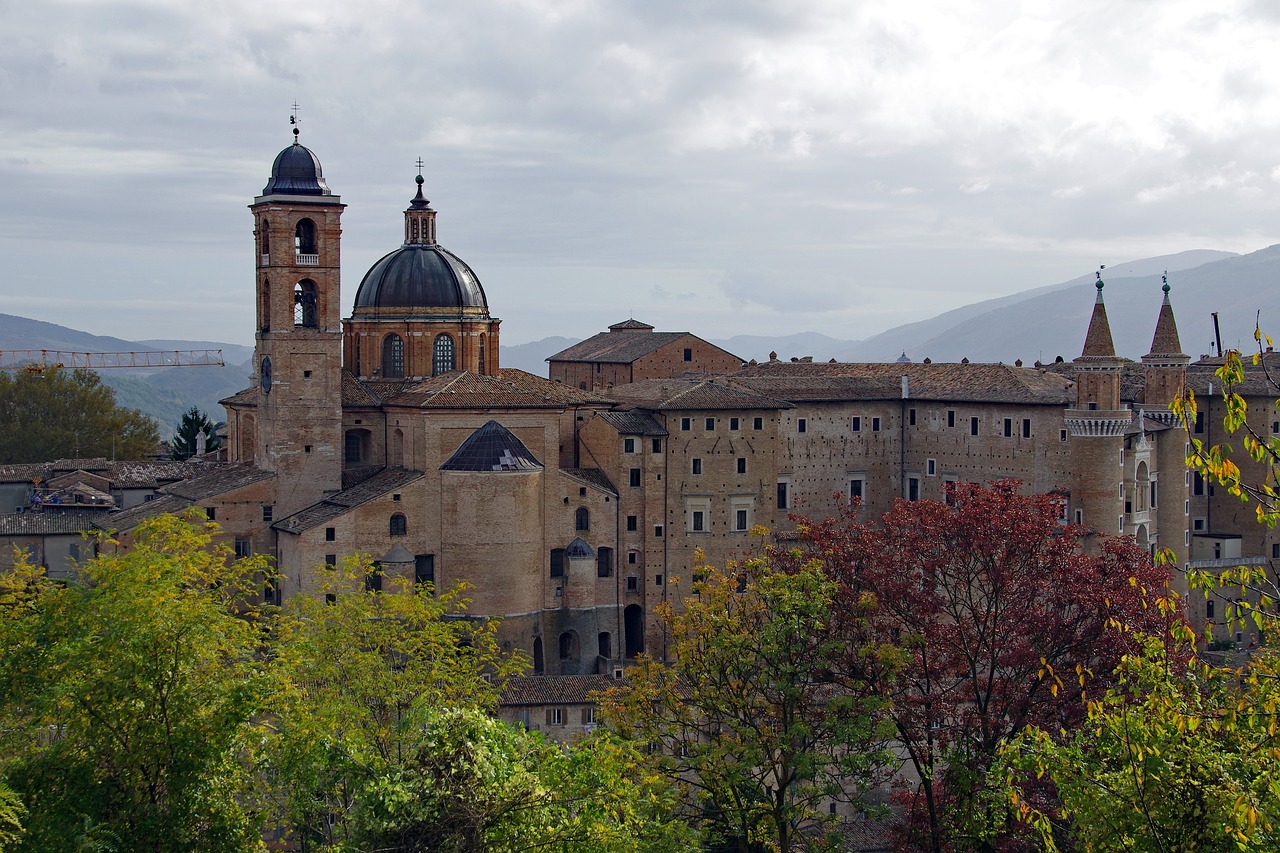 Urbino
UrbinoRating: 7.8/10
Le Marche offers a quiet, scenic escape with rolling hills, charming towns like Urbino, and a picturesque coastline. It’s often compared to Tuscany, but without the crowds. Le Marche’s appeal lies in its blend of history, art, and natural beauty. I personally love this region and have a guide dedicated to it, which you can read here.
Negatives: Le Marche remains relatively undiscovered, which means fewer tourist amenities and less-developed transport infrastructure.
Our Verdict: For travelers seeking a quieter, more affordable version of Tuscany, Le Marche is a fantastic option. A hidden gem for sure. Urbino in particular is one of Italy's greatest Renaissance cities. Here's everything you need to know about Urbino.
13. Liguria
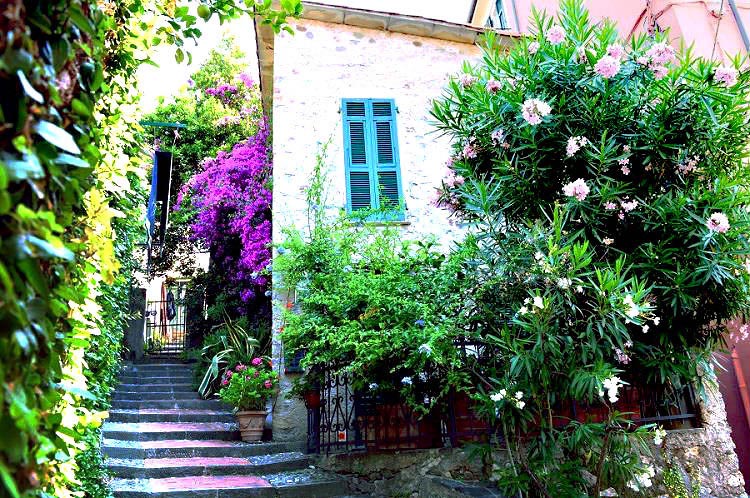 Tellaro
TellaroRating: 7.7/10
The Italian Riviera has to be one of the most beautiful coastlines in Europe, with its colorful villages perched on steep cliffs overlooking the Mediterranean. The Cinque Terre is, of course, the star attraction, but the entire region, from Portofino all the way to the French border, is blessed with stunning views, amazing experiences, and a laid-back vibe.
Genoa, often overlooked by travelers, is one of Italy's great cities, packed with history, from its maritime legacy to its impressive collection of UNESCO-listed palaces. While Inland Liguria offers a different side of the region, away from the bustling coastal areas. It is characterized by picturesque medieval villages, rugged mountains, lush forests, and rolling hills.
Negatives: Cinque Terre, as gorgeous as it is, can be overrun with tourists. Liguria's narrow, winding roads make driving difficult, and accommodation can be pricey. Try Tellaro for a quieter alternative.
Our Verdict: A slice of coastal heaven. Best enjoyed in the shoulder season to avoid the tourist crowds.
14. Lombardy
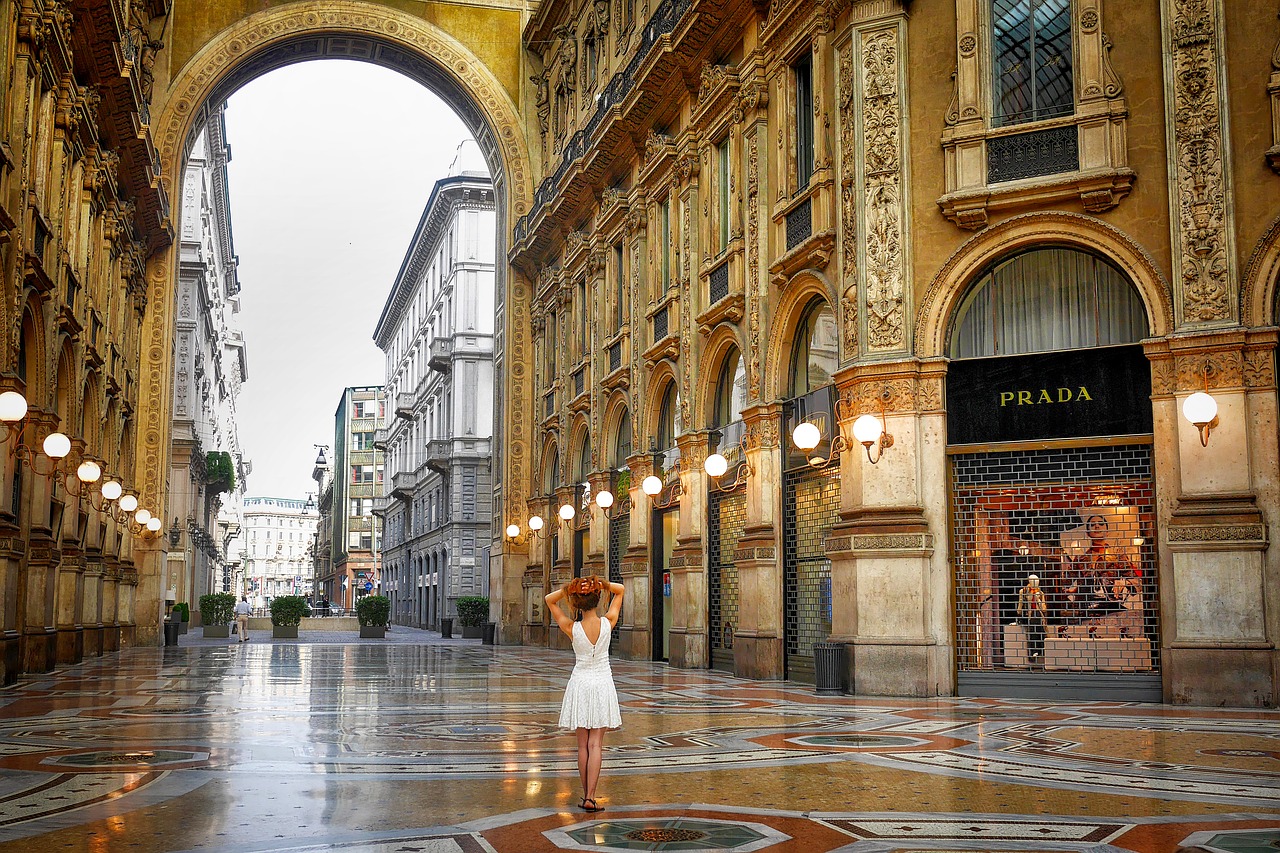 Milan
MilanRating: 7.6/10
Lombardy is the financial and industrial heart of Italy, home to Milan, one of the world’s fashion and shopping capitals. Beyond the city, Lombardy offers beautiful lakes like Iseo, Como and Maggiore, as well as charming towns like Bergamo.
Negatives: Milan can feel cold and commercial, especially compared to Italy’s more laid-back cities. Prices are high, and it lacks the warmth and charm of southern Italy.
Our Verdict: Milan is a must for fashion lovers, and lake seekers will love Como, but Milan can feel a bit too businesslike for the casual traveler, and Como's lake towns like Bellagio are really crowded in the summer months and very expensive too. For a more genuine and less touristy experience, try Lake Iseo.
15. Emilia-Romagna
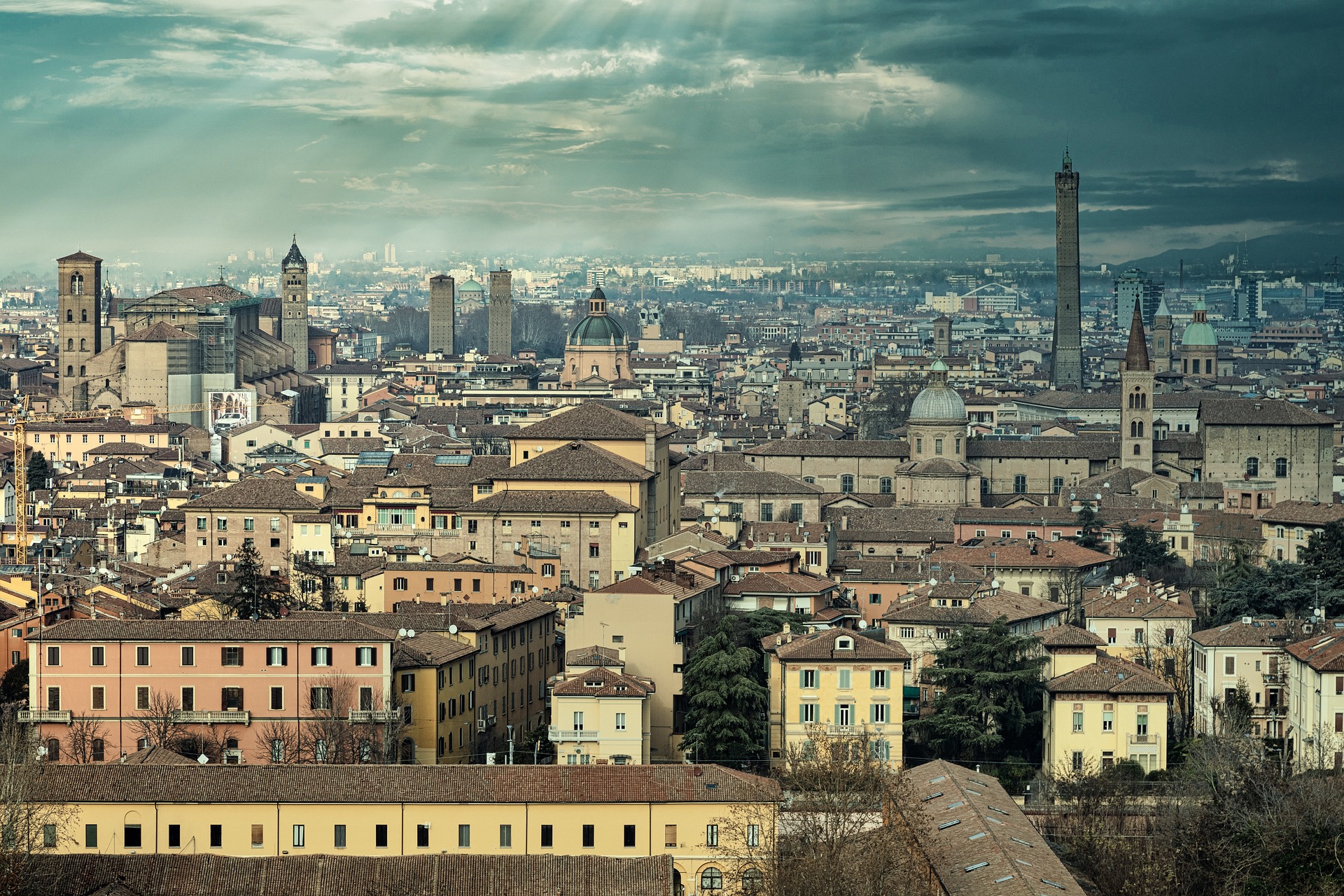 Bologna
BolognaRating: 7.5/10
One of the great capitals of Italian food, Emilia-Romagna gives you parmigiano reggiano, prosciutto di Parma, balsamic vinegar, and Bologna’s famous ragu alla bolognese (which is not spaghetti bolognese). Beyond the food, the region boasts charming cities like Ferrara, Parma, Modena (home to Ferrari), and Ravenna.
Negatives: Some parts of Emilia-Romagna are industrial, which can be less scenic, and I am not wild about the very crowded big beach towns, towns like Rimini, filled with endless rows of umbrellas and soulless beaches.
Our Verdict: If you’re coming for the food (and why wouldn’t you be?), Emilia-Romagna won’t disappoint. The charm of smaller cities seals the deal. Avoid the beach resorts like Rimini.
16. Abruzzo
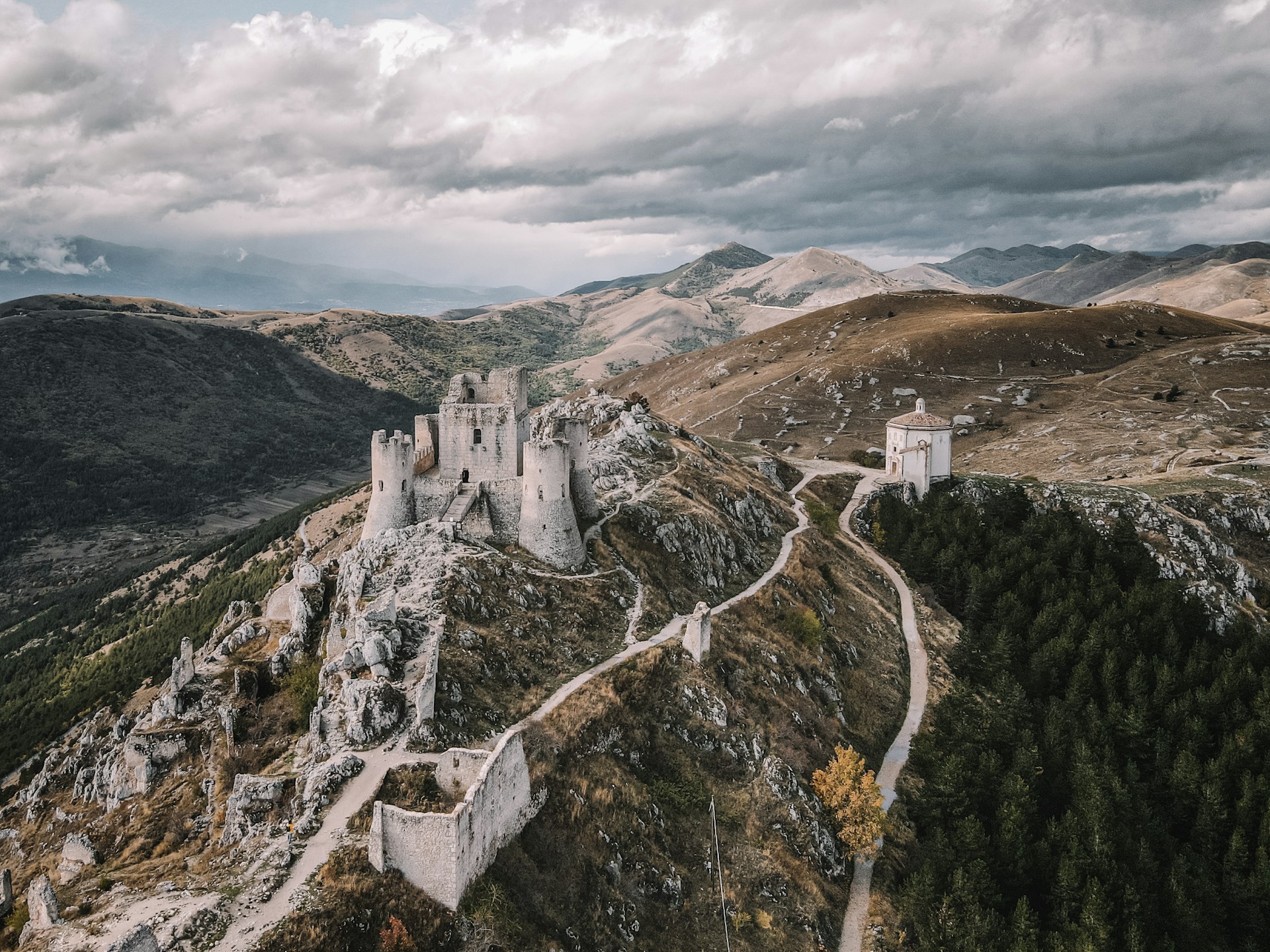 Rocca, Calascio, Abruzzo by Federico di Dio
Rocca, Calascio, Abruzzo by Federico di DioRating: 7.4/10
Abruzzo’s rugged mountains, national parks, and medieval towns offer a blend of natural and cultural treasures. Hiking, skiing, and exploring ancient villages are popular here, and the region is relatively untouristed. I love the coastal region too, with the town of Vasto being one of my favorite coastal towns in all of Italy, a great option for anyonelooking to retire in an affordable Italian coastal town.
Negatives: Abruzzo’s remoteness can be both a pro and a con. While it offers solitude, it can be difficult to reach and hard to get about without a car.
Our Verdict: Nature lovers will adore Abruzzo, with its mix of mountains and forests. It’s an underappreciated gem for outdoor enthusiasts. There are some really lovely little towns too, and the people are so friendly. They also have the best seafood soup in all of Italy and weird overwater restaurants called Trabocchi that I simply adore—so cute and so unlike anywhere else. Check out my guide to Abruzzo to discover many more reasons why you really must visit.
17. Trentino-Alto Adige
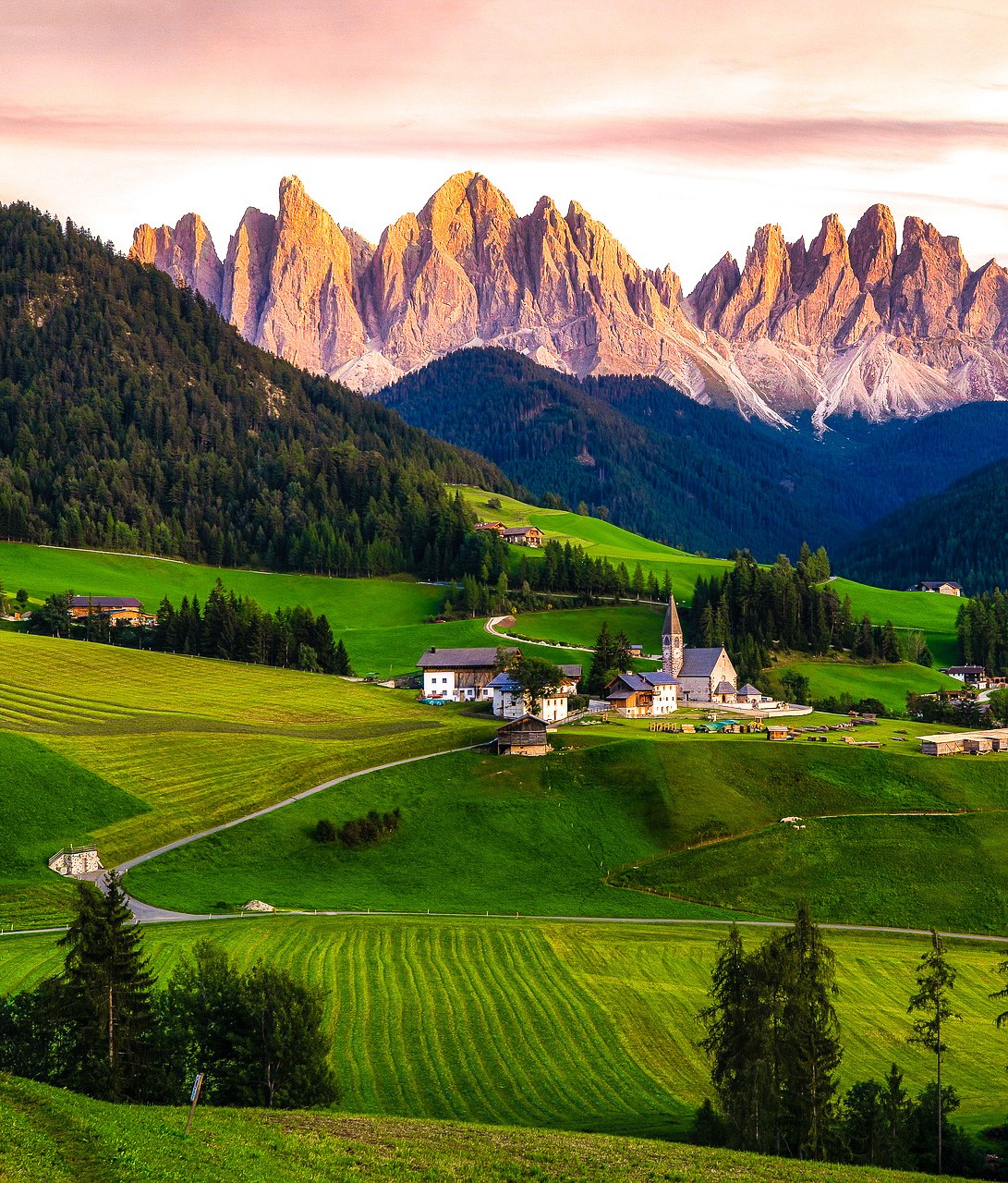
Rating: 7/10
Trentino-Alto Adige is all about the Dolomites. Known for its skiing and hiking, this region offers breathtaking mountain views, charming alpine villages, and a distinct blend of Italian and Austrian culture.
Negatives: The region feels more Austrian than Italian, which might be a downside if you’re looking for that classic Italian vibe. The cost of accommodation and activities can also be high.
Your Verdict: For skiers, hikers, and nature lovers, this is paradise. Just be prepared for a less “Italian” experience in terms of culture and food. If you love apple strudel and good beer, this is the region for you.
18. Basilicata
Rating: 6.8/10
Basilicata is home to Matera, one of Italy’s most unique and visually striking cities. The ancient cave dwellings of Matera have been inhabited for millennia, and the city’s blend of history and architecture is simply incredible. The rest of the region is quiet and rural, with plenty of rugged natural beauty.
Negatives: Outside of Matera, there’s little infrastructure for tourists. The region’s remote nature can feel isolating, and getting around without a car is difficult.
Our Verdict: Matera is a must-see, but the rest of the region remains relatively undeveloped for tourism.
19. Valle d'Aosta
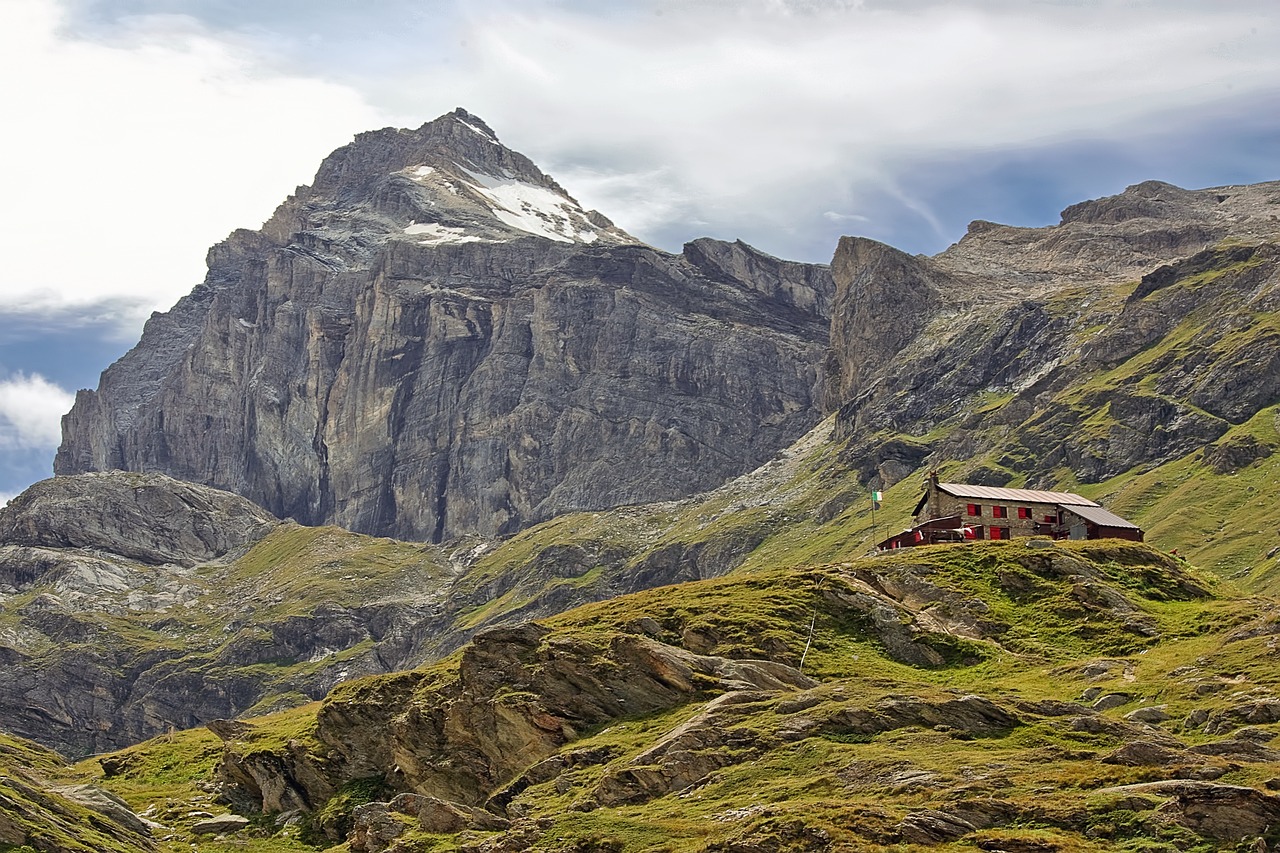
Rating: 6.6/10
Valle d’Aosta is a tiny mountainous region known for its excellent skiing and outdoor sports. The Gran Paradiso national park and the historic town of Aosta are highlights. For nature lovers, this region offers some of the best alpine scenery in Italy.
Negatives: While Valle d’Aosta is stunning, it’s very much geared toward outdoor sports enthusiasts. If you’re not into hiking or skiing, there’s less to do here compared to other regions.
Our Verdict: For skiing and hiking, Valle d’Aosta is hard to beat. But if you're looking for culture and history, you might want to head elsewhere.
20. Molise
Rating: 6.3/10
Molise is often overlooked, but that’s precisely why some travelers love it. The region offers unspoiled countryside, quaint villages, and a glimpse into a slower, more traditional way of life. Molise is perfect for those looking to get away from it all.
Negatives: Molise’s underdeveloped tourism infrastructure and lack of major attractions can be a downside for travelers looking for more excitement.
Our Verdict: Molise is for those who truly want to get off the beaten path and towns like Termoli are lovely and fairly lively in summer. The rest of the region is very quiet, beautiful, and wonderfully untouched—but that’s not for everyone.
Final Thoughts
Italy offers something for everyone. From the bustling energy of Rome to the tranquil hills of Umbria, each region has its unique charm. At ItalyMammaMia, we believe that no matter where you go in Italy, you’ll come back with unforgettable memories—just be sure to savor every moment!
Need help planning? Check out our Unforgettable Tailored Experiences
Vote for your favorite Italian region below...
FAQ
1. Which region of Italy is best?
1. Which region of Italy is best?
It depends on what you're seeking! For a blend of history, culture, and stunning landscapes, Veneto often takes the top spot. Venice’s romantic canals, Verona’s Roman ruins, and the Dolomites provide a mix of iconic experiences, making it a favorite for travelers seeking variety. Have a look at our Italian itinerary for ideas.
2. What is the most beautiful area of Italy?
2. What is the most beautiful area of Italy?
Italy is full of breathtaking places, but the Amalfi Coast often tops the list. Its dramatic cliffs, azure waters, and charming towns like Positano and Ravello create postcard-perfect scenery that’s hard to beat. Of course, there is lots of competition in areas like the Dolomites and Alps, the rolling hills of Tuscany, the turquoise seas, and the wide-open space of Sardinia and the village of the Cinque Terre.
3. What is the friendliest region in Italy?
3. What is the friendliest region in Italy?
Many say that the Calabria region is the friendliest. Its warm, welcoming locals are known for their hospitality, delicious food, and laid-back lifestyle.
4. Which region has the best food in Italy?
4. Which region has the best food in Italy?
Both Emilia-Romagna and Piedmont are culinary havens in Italy. Emilia-Romagna is renowned for its rich flavors and traditional dishes like tortellini and ragù. Meanwhile, Piedmont offers exceptional wine, particularly Barolo, and local delicacies such as truffles and agnolotti.
Each Italian region showcases its own unique culinary heritage, making pretty much any region of Italy a top destination for food lovers seeking authentic Italian cuisine.
5. What region in Italy is the least visited?
5. What region in Italy is the least visited?
Molise remains one of Italy’s least visited regions. Despite its scenic beauty, charming hill towns, and rich history, Molise tends to be overlooked by tourists, making it perfect for those looking to escape the crowds.
If you enjoy my site, I'd love your support.
All you need to do is book your accommodation via this link or any of the other hotel links on the website. Whether it's for travel to Italy... or anywhere else on earth, your support means the world to us.
You'll get the best deal available, and the income helps us stay independent and keep bringing you the best of Italy.
- HOME
- Italy's Regions Ranked
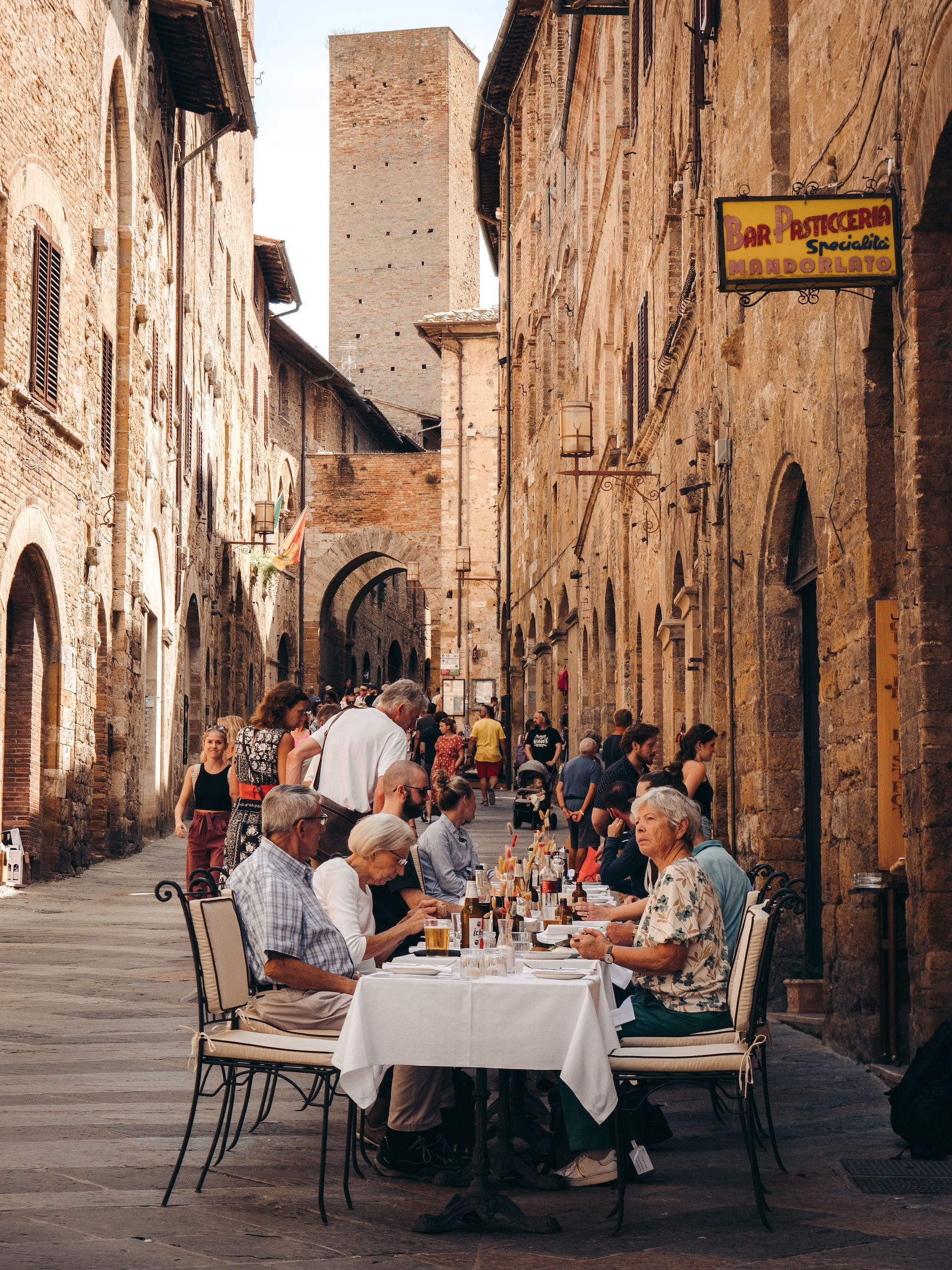
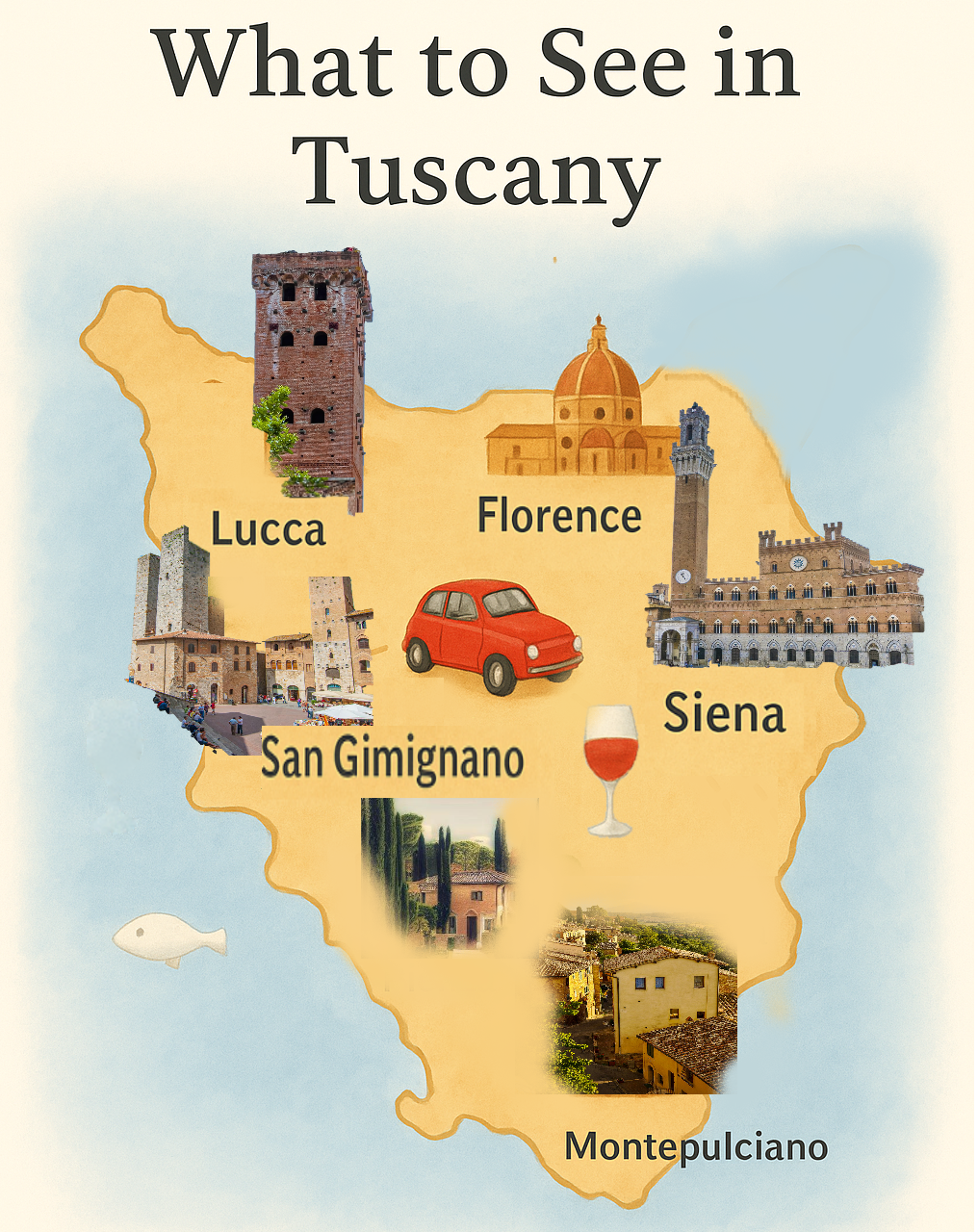
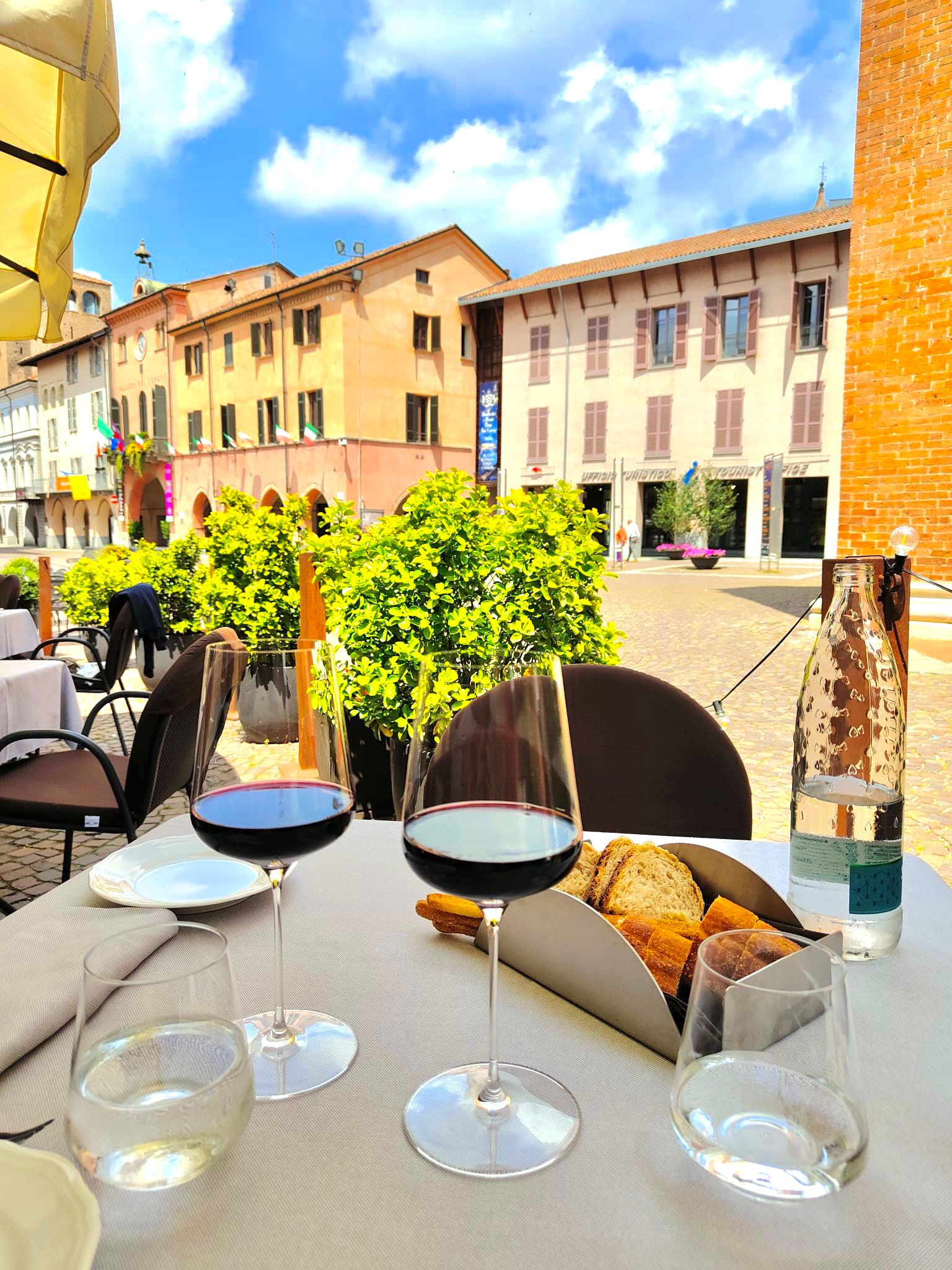
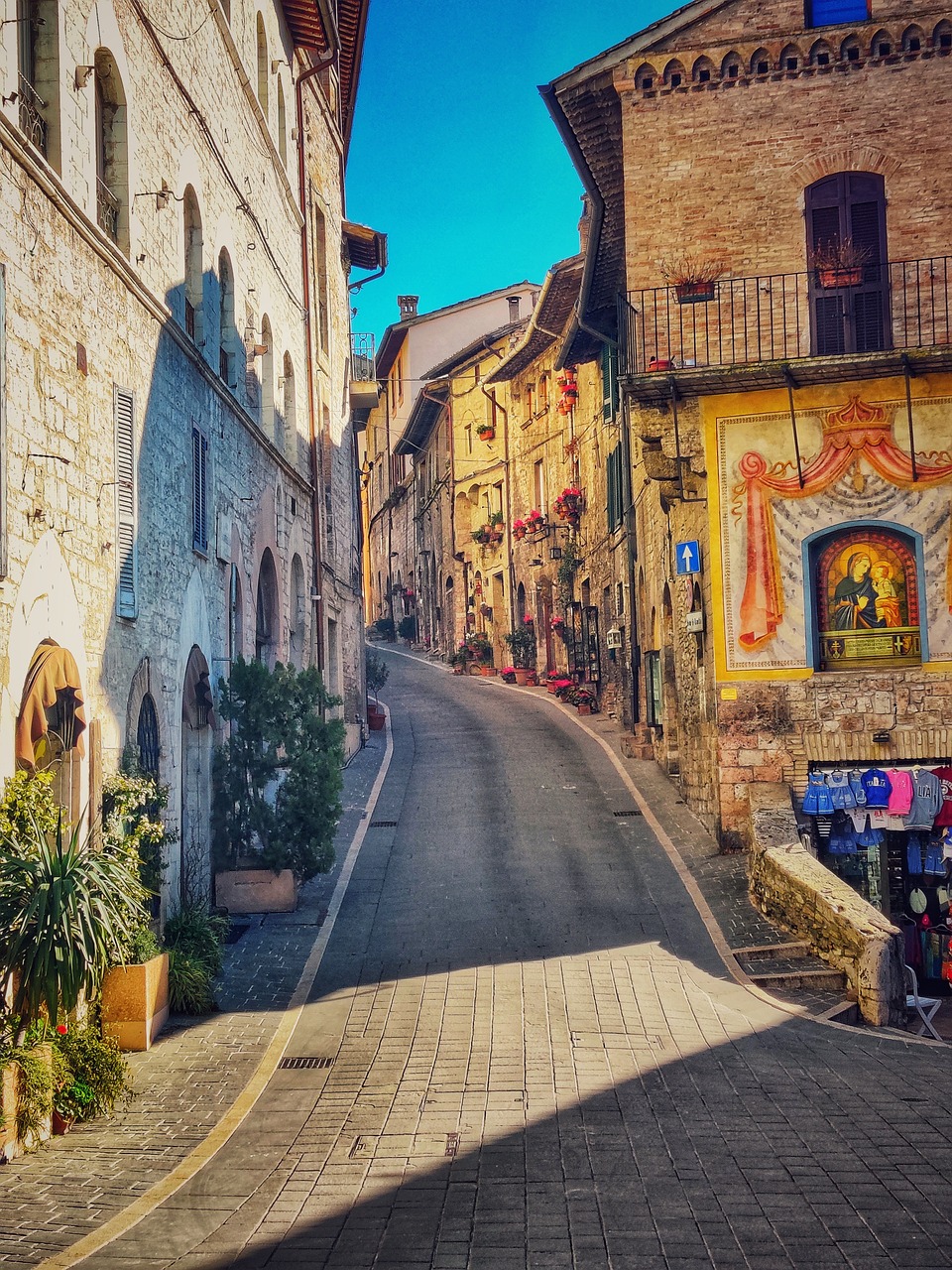
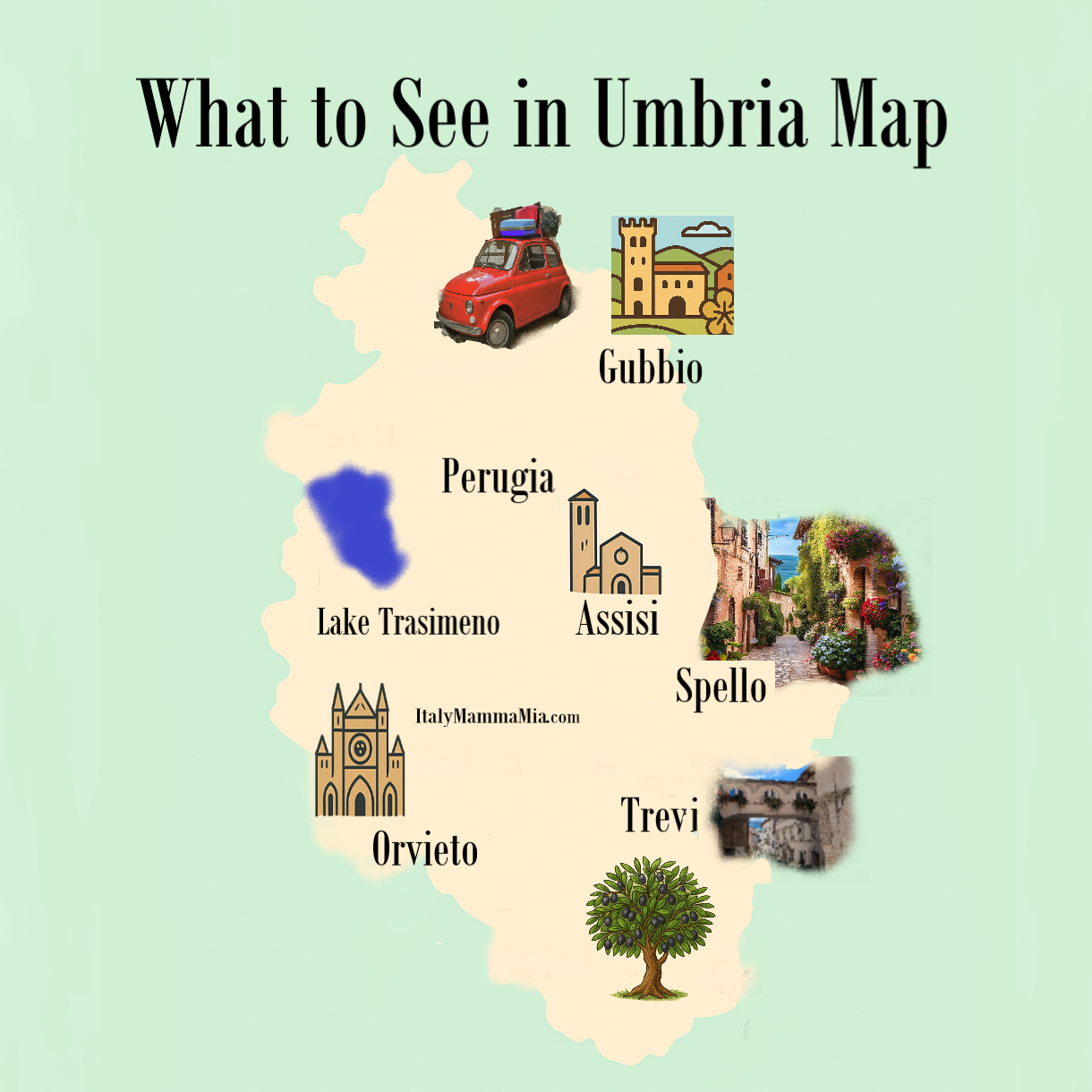
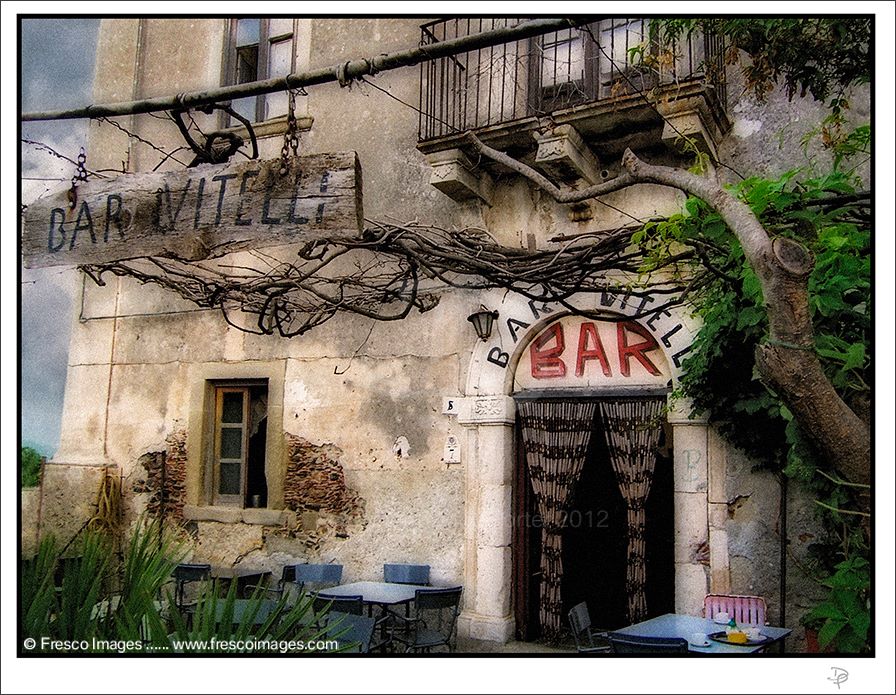
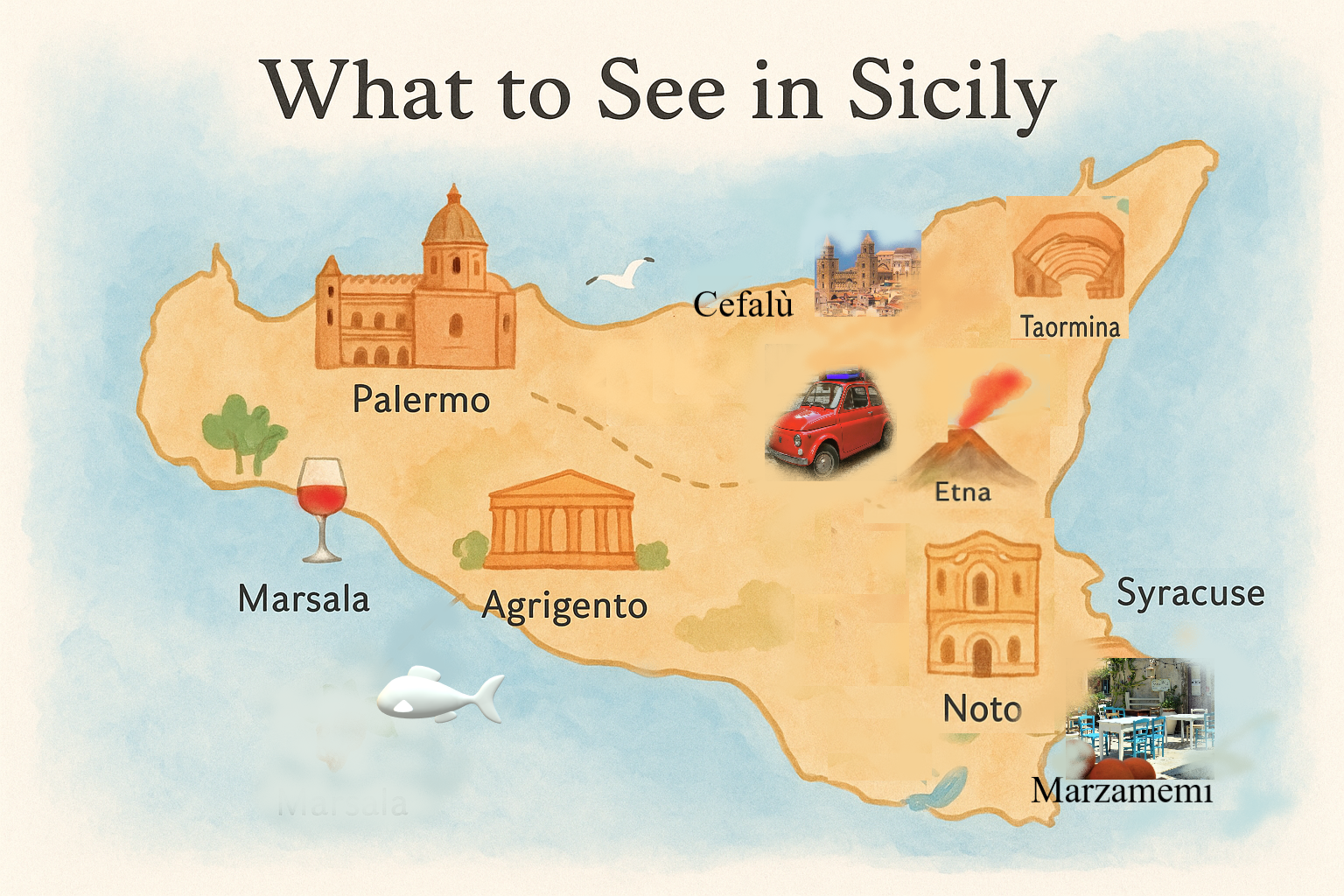
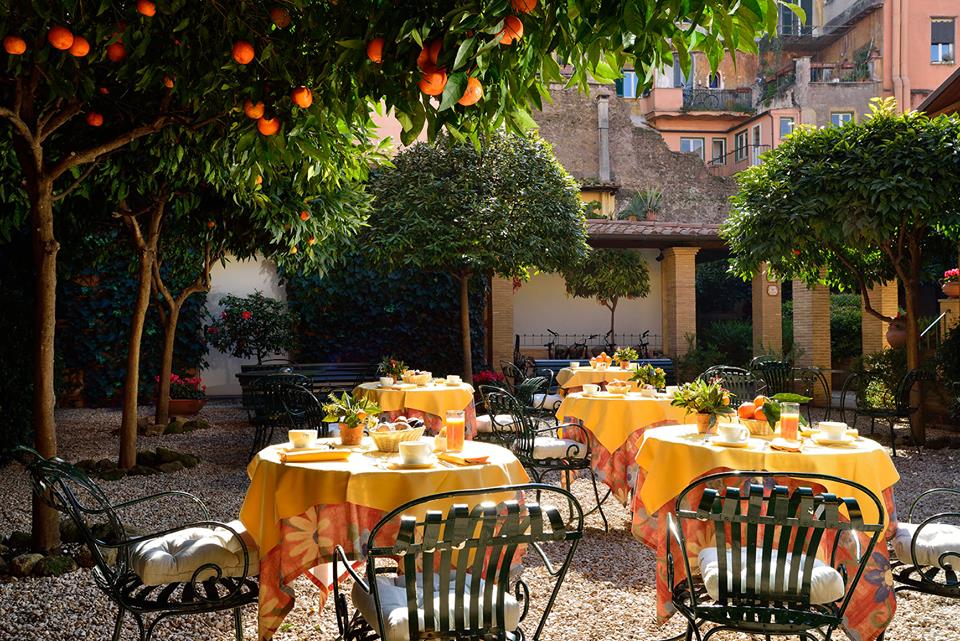
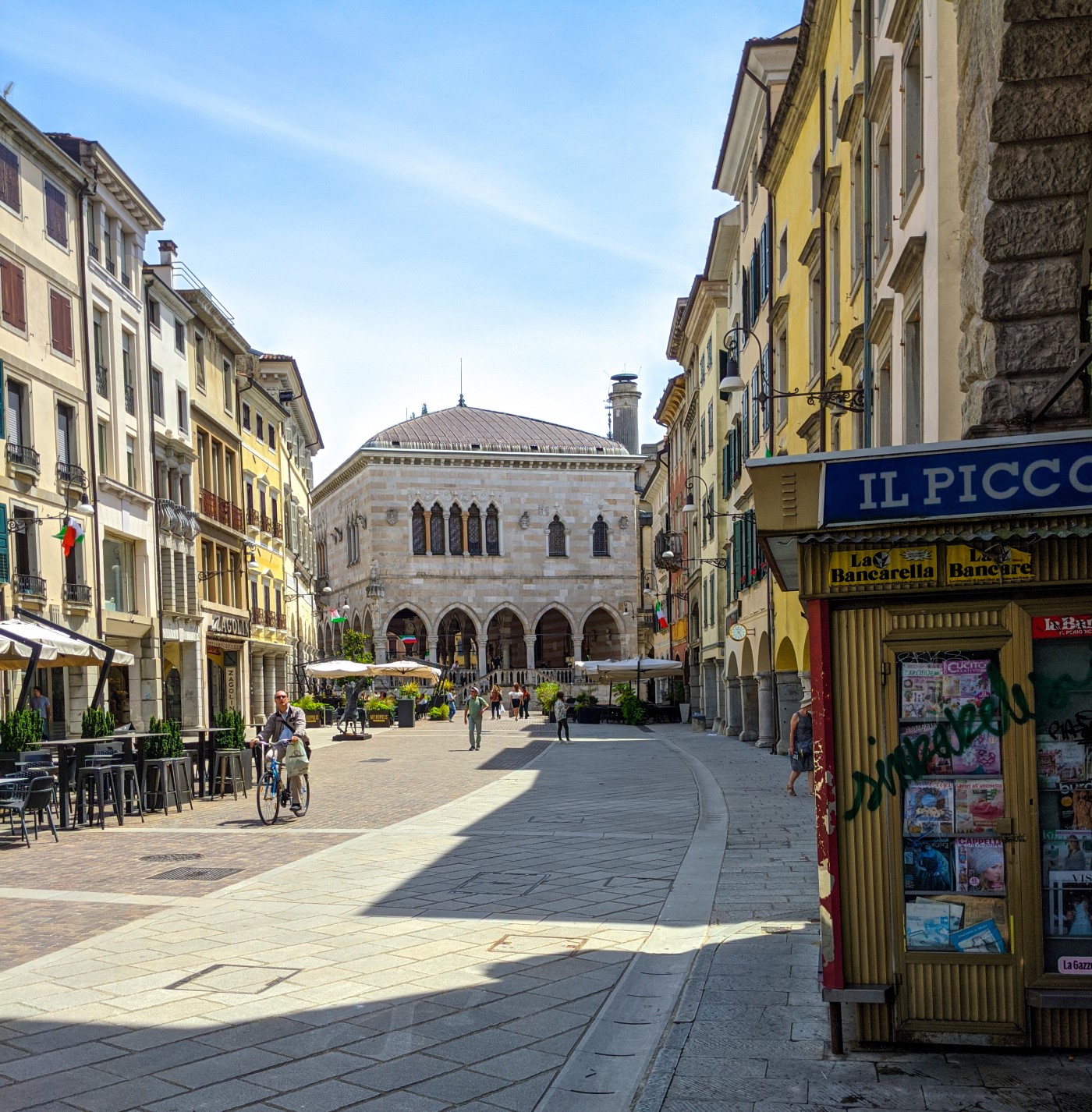
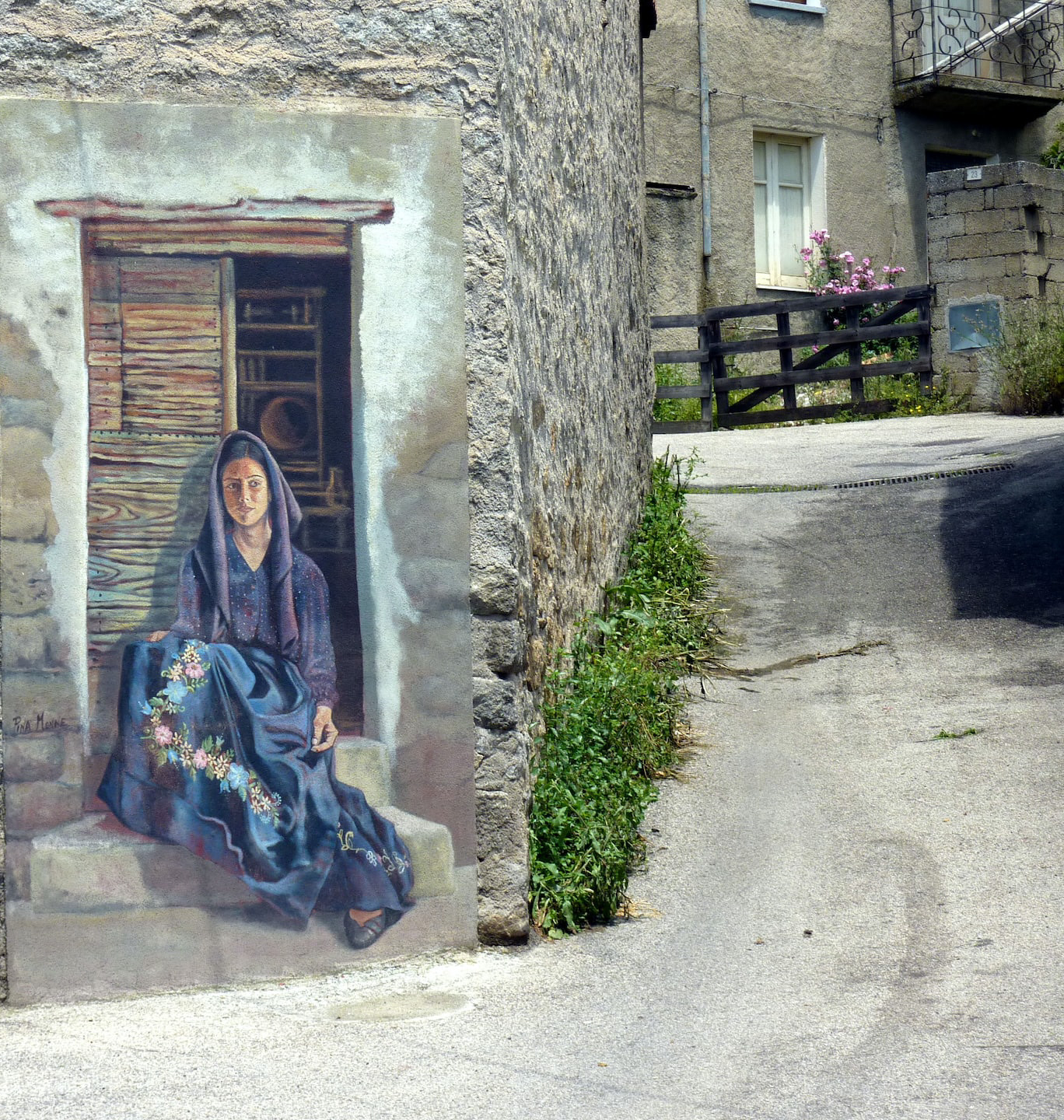
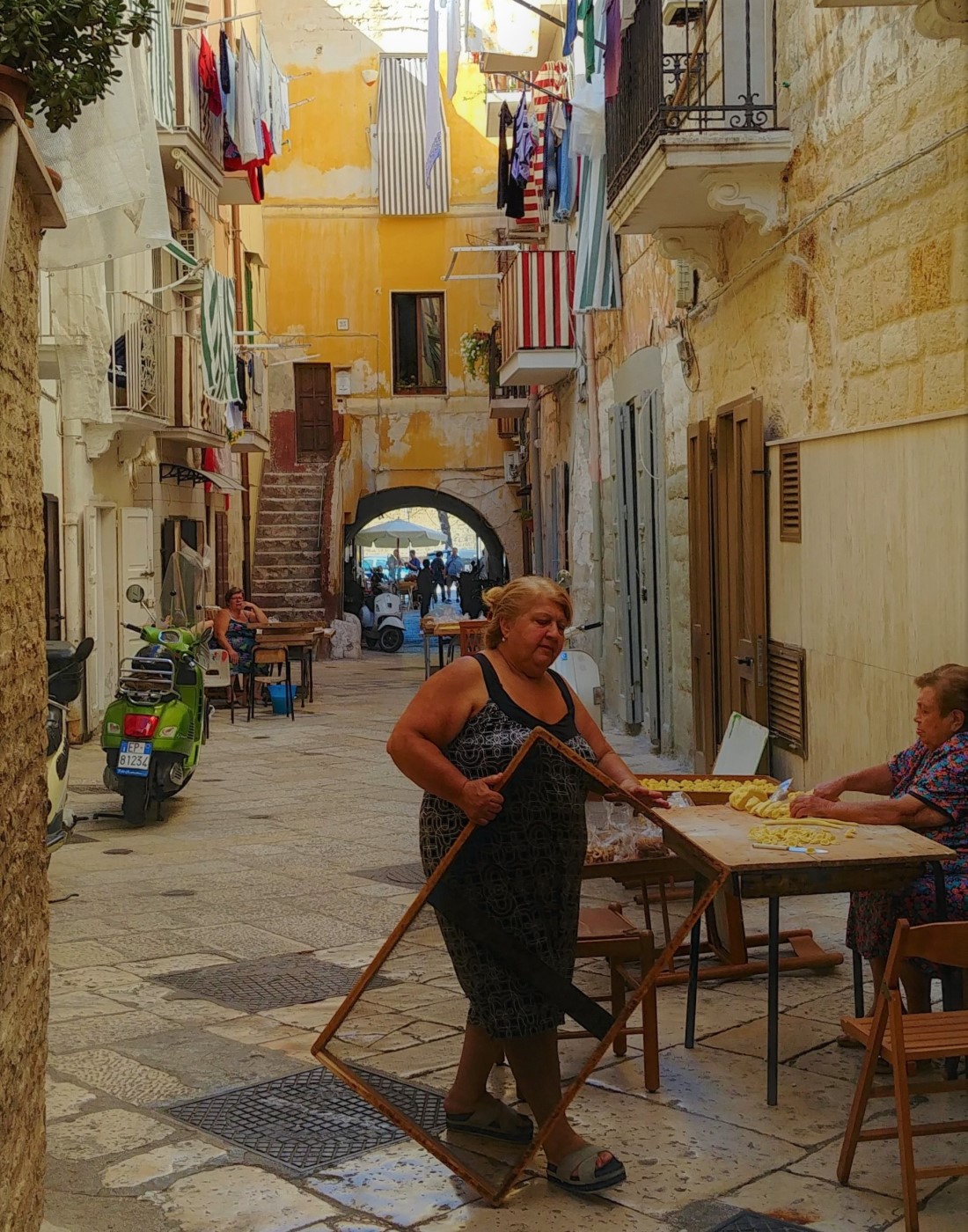
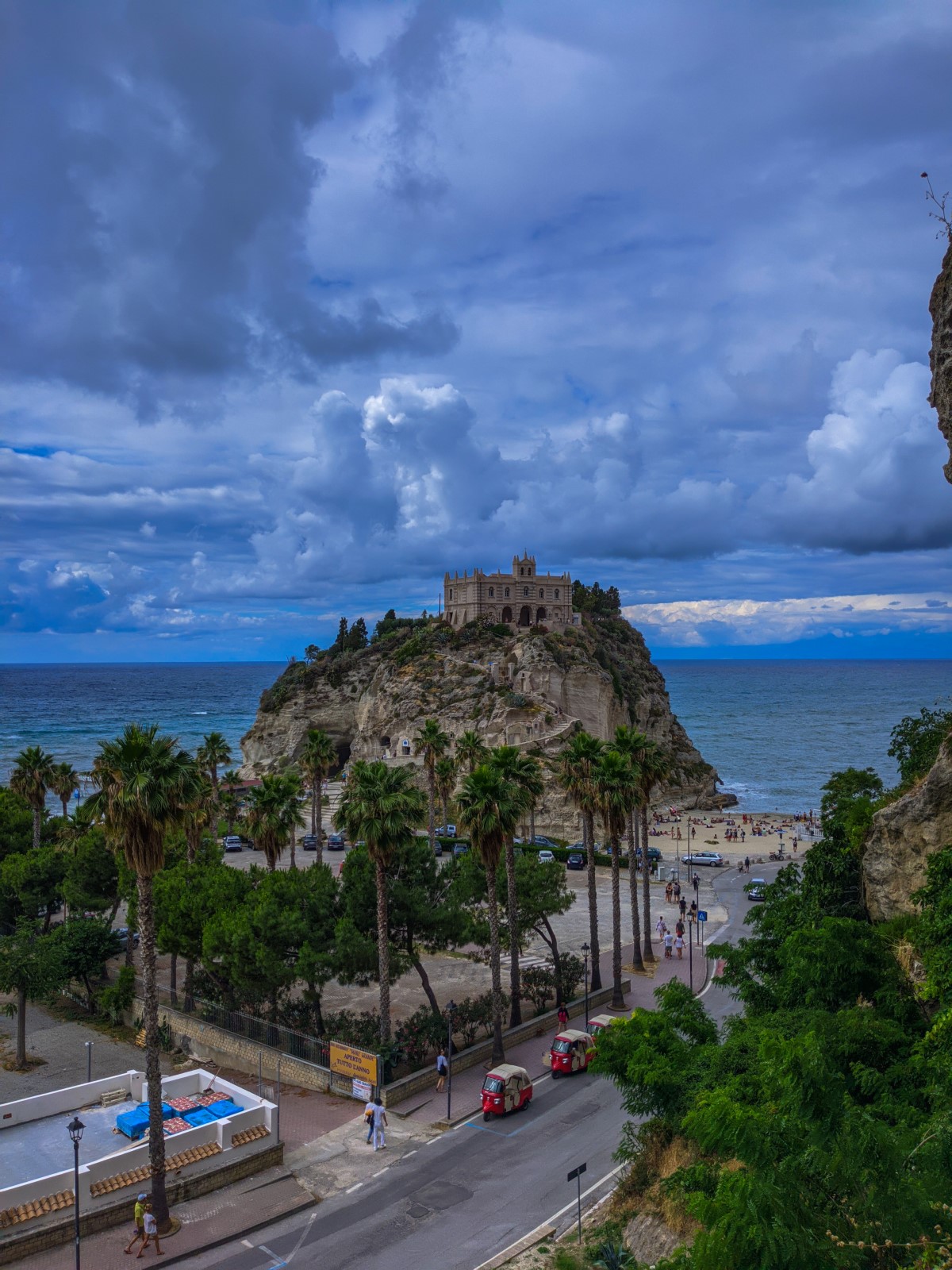
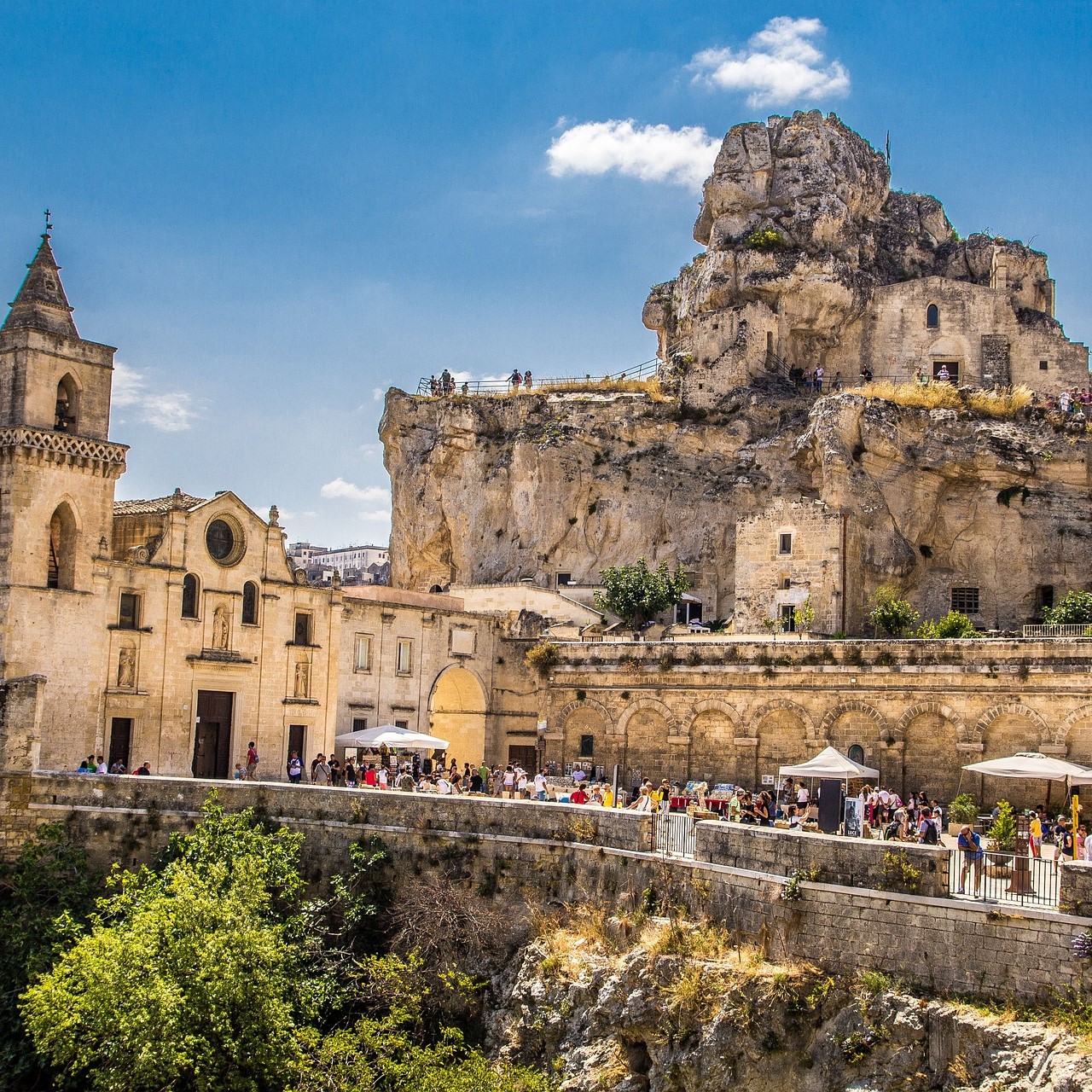
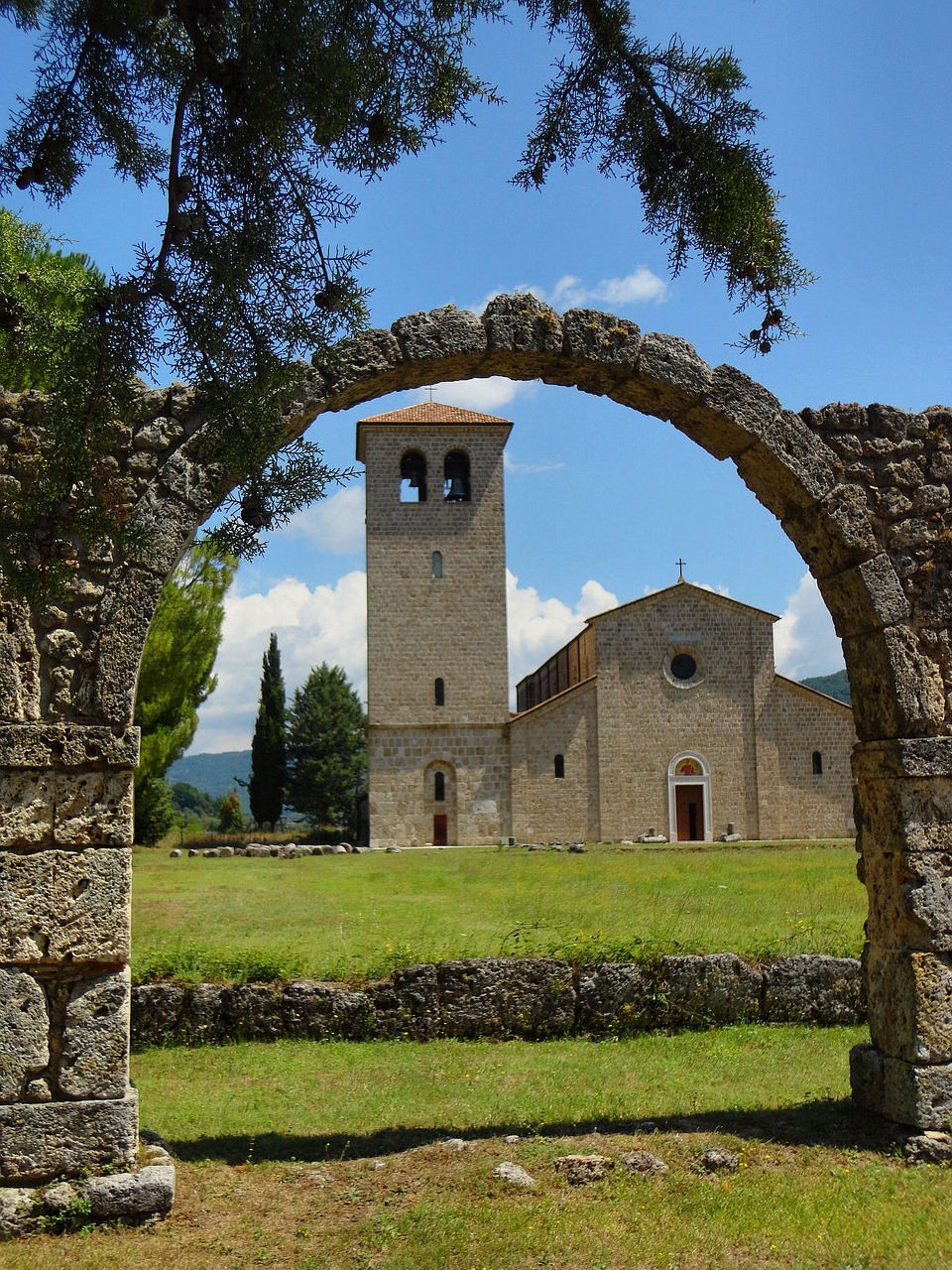









New! Comments
Have your say about what you just read! Leave me a comment in the box below.